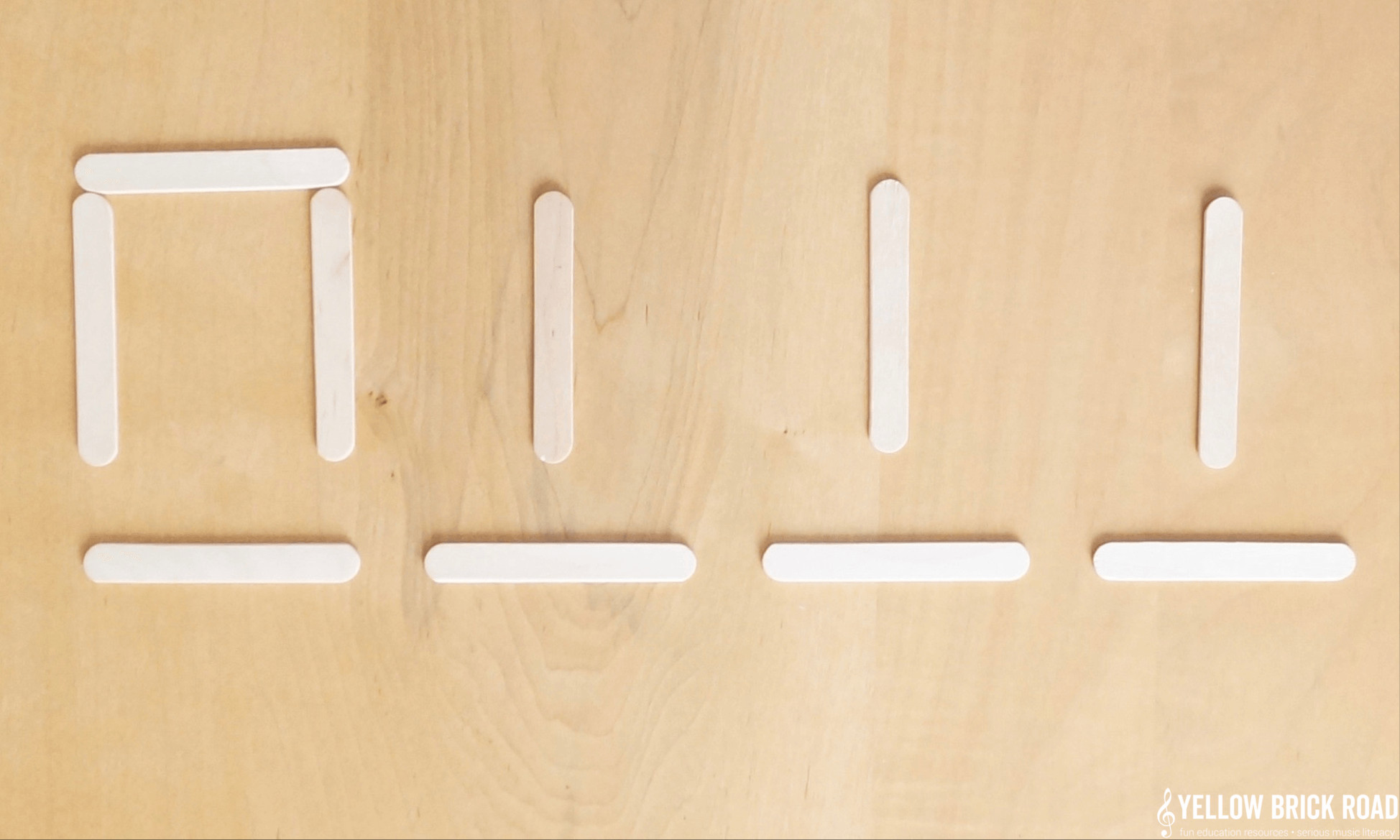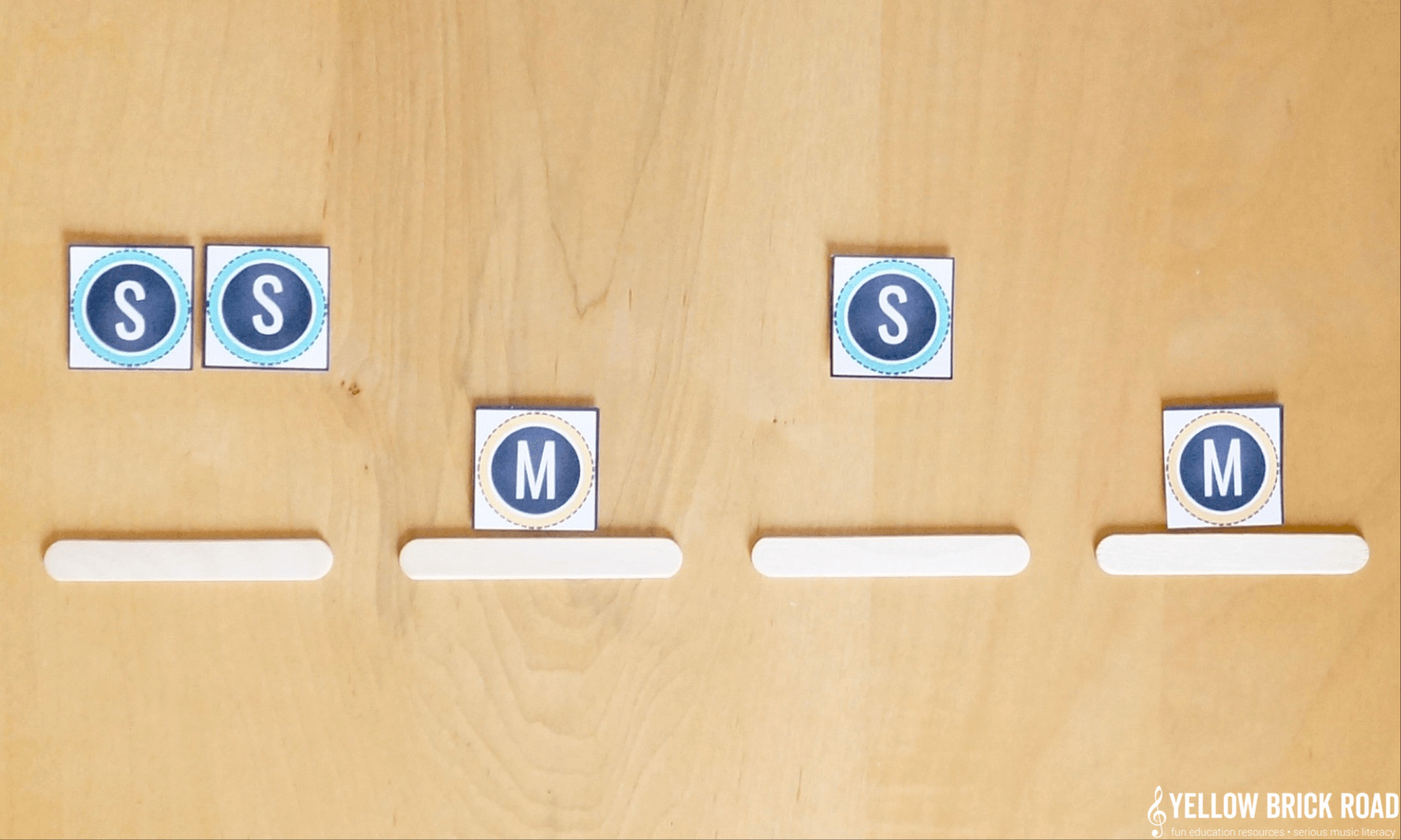Just like the unpredictable weather in Indiana, keeping elementary music classes fresh and exciting requires versatility! One day it’s “winter blues” inside, and the next we’re dreaming of sunshine. Speaking of sunshine, the Lemonade song is a perfect tune to brighten your music room, no matter the weather outside. This simple song is a fantastic tool for assessing students, practicing so and mi, and mastering quarter and barred eighth notes. Let’s dive into how you can use the “Lemonade Song” to create engaging and educational music experiences for your students.
Fun and Engaging Game Ideas with the Lemonade Song
Games are a fantastic way to make learning fun, and the Lemonade song is perfectly suited for interactive play. Here’s a simple yet effective game to get your students moving and thinking musically:
The Guess the Trade Game
This game encourages teamwork, creative expression, and active listening, all while using the familiar melody of the lemonade song.
- Begin by dividing your class into two teams, ensuring a balanced number of students in each.
- Each team then huddles to secretly decide on a profession or “trade” – think barber, teacher, doctor, chef, or any occupation they can act out. To streamline this process, you might want to brainstorm a list of trade ideas with the whole class beforehand and write them on the board for easy reference. This saves time and keeps the game flowing smoothly.
- Decide which team will start. The starting team becomes the “solo” group for the first round.
- The “solo” group will sing the lemonade song, but with a twist! They replace the word “Lemonade” with “Here we come” – singing “Here we come, here we come, tra la la la la,” and so on.
- As they sing “Here we come,” the “solo” group acts out the trade they’ve chosen in secret. No speaking allowed – only actions!
- The “chorus” group (the team not acting) watches carefully and tries to guess the trade being acted out.
- After the acting group has finished their performance, the chorus group gets a chance to guess. If they guess correctly, they earn a point! Then, teams switch roles, and the game continues.
- Keep playing until each team has had several turns to act and guess. This ensures everyone gets involved and enjoys the fun.
This game not only reinforces the lemonade song melody but also encourages non-verbal communication, observation skills, and quick thinking in your students.
Developing Pitch and Rhythm Skills with the Lemonade Song
Beyond games, the lemonade song is an excellent resource for honing essential musical skills like pitch and rhythm. Using manipulatives is a highly effective, hands-on approach for practicing these concepts, making abstract ideas concrete and understandable for young learners.
Hands-on Rhythm Practice with Popsicle Sticks
For rhythm practice, mini popsicle sticks are incredibly versatile. As shown below, you can use them to visually represent the rhythmic patterns within the lemonade song.
 Close-up shot of popsicle sticks arranged to represent rhythm, with a hand pointing to the arrangement.
Close-up shot of popsicle sticks arranged to represent rhythm, with a hand pointing to the arrangement.
Using popsicle sticks helps students physically engage with rhythm, making the connection between the beat and rhythmic notation more tangible. It’s crucial that students not only see the rhythm but also feel it by keeping the beat simultaneously. This kinesthetic approach solidifies their understanding of rhythm in a fun and interactive way.
Solfege and Pitch Practice with Visual Aids
To extend this manipulative approach to pitch, you can incorporate solfége buttons or similar visual aids. The image below demonstrates how popsicle sticks can be combined with solfége buttons to represent both rhythm and pitch.
 Overhead shot of popsicle sticks and colorful solfege buttons arranged on a surface, representing a musical phrase.
Overhead shot of popsicle sticks and colorful solfege buttons arranged on a surface, representing a musical phrase.
These visual tools are particularly useful for practicing so and mi, intervals present in many children’s songs, including the lemonade song. Remember the golden rule: sound before sight! Ensure students can sing and internalize the pitches by ear before introducing visual notation. This auditory foundation is crucial for developing true musical fluency.
Assessing Musical Skills with the Lemonade Song
The lemonade song provides a comfortable and familiar context for assessing various musical skills. Its simplicity makes it ideal for evaluating pitch-matching abilities and distinguishing between singing voice and speaking voice in young students.
To use the song for assessment, consider breaking your class into smaller groups. This allows for more focused observation of individual students, especially in larger classes. If you plan to assess using this song, it’s beneficial to play the “Guess the Trade” game and engage in rhythm/pitch activities over a couple of class periods before the formal assessment. This preparation time is key. It allows students to become comfortable with the song, actions, and pitches, reducing anxiety and leading to more accurate assessment results, particularly for shy students. Familiarity breeds confidence, and the more comfortable students are, the better they can demonstrate their true abilities.
 A brightly colored pin graphic with the text "lemonade" and musical notes, against a light background.
A brightly colored pin graphic with the text "lemonade" and musical notes, against a light background.
By using the lemonade song across a few lessons for games and practice, and then incorporating it into assessment, you create a cohesive and engaging learning experience.
Conclusion
The lemonade song is more than just a simple children’s tune – it’s a versatile and valuable tool for your elementary music classroom. From lively games that encourage creativity and teamwork to hands-on activities for mastering rhythm and pitch, and even as a comfortable assessment tool, this song offers a wealth of possibilities. So, bring the sunshine into your music room with the lemonade song and watch your students’ musical skills blossom! Try out these ideas and see how this simple song can make a big splash in your music classes.

